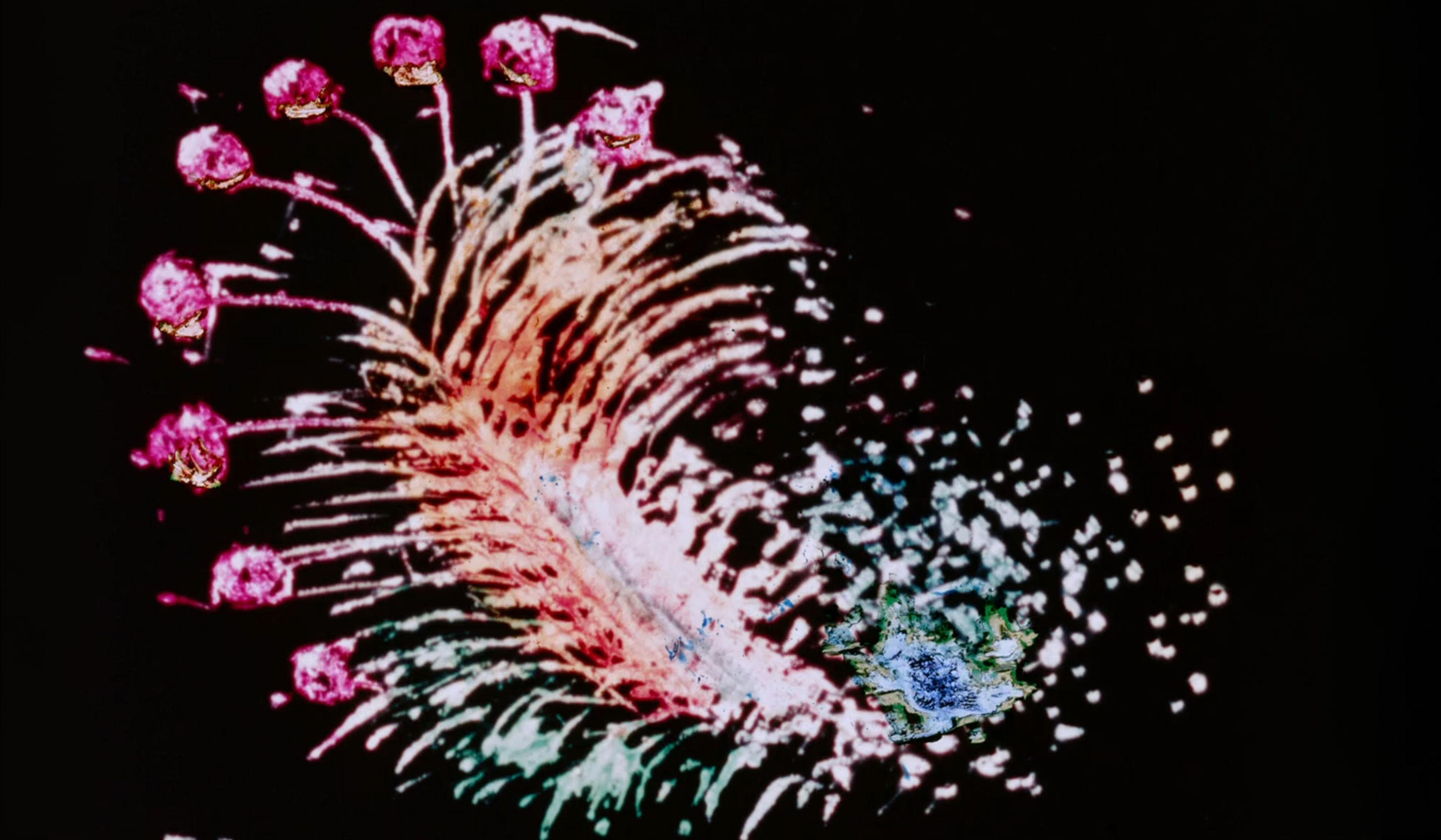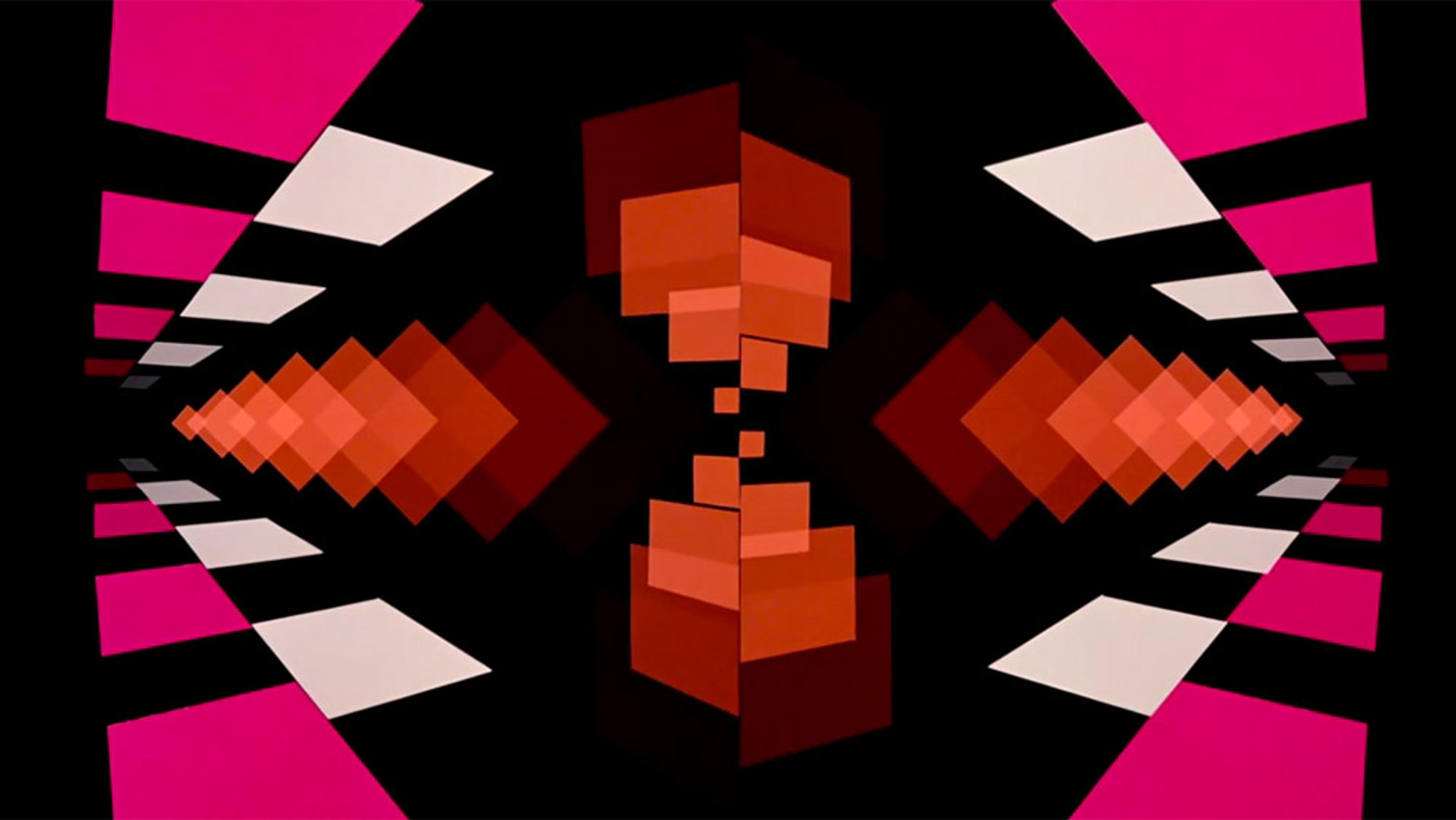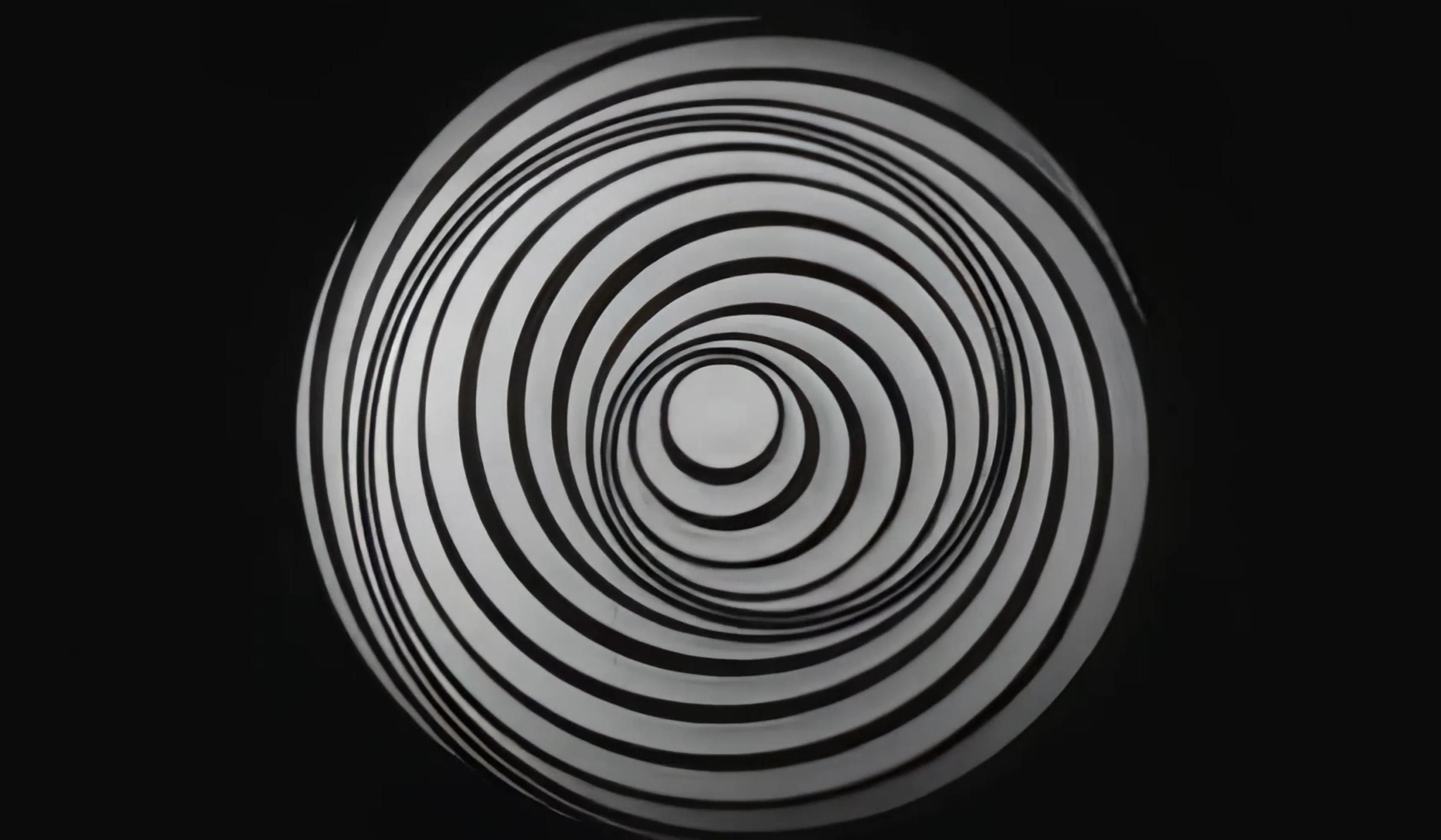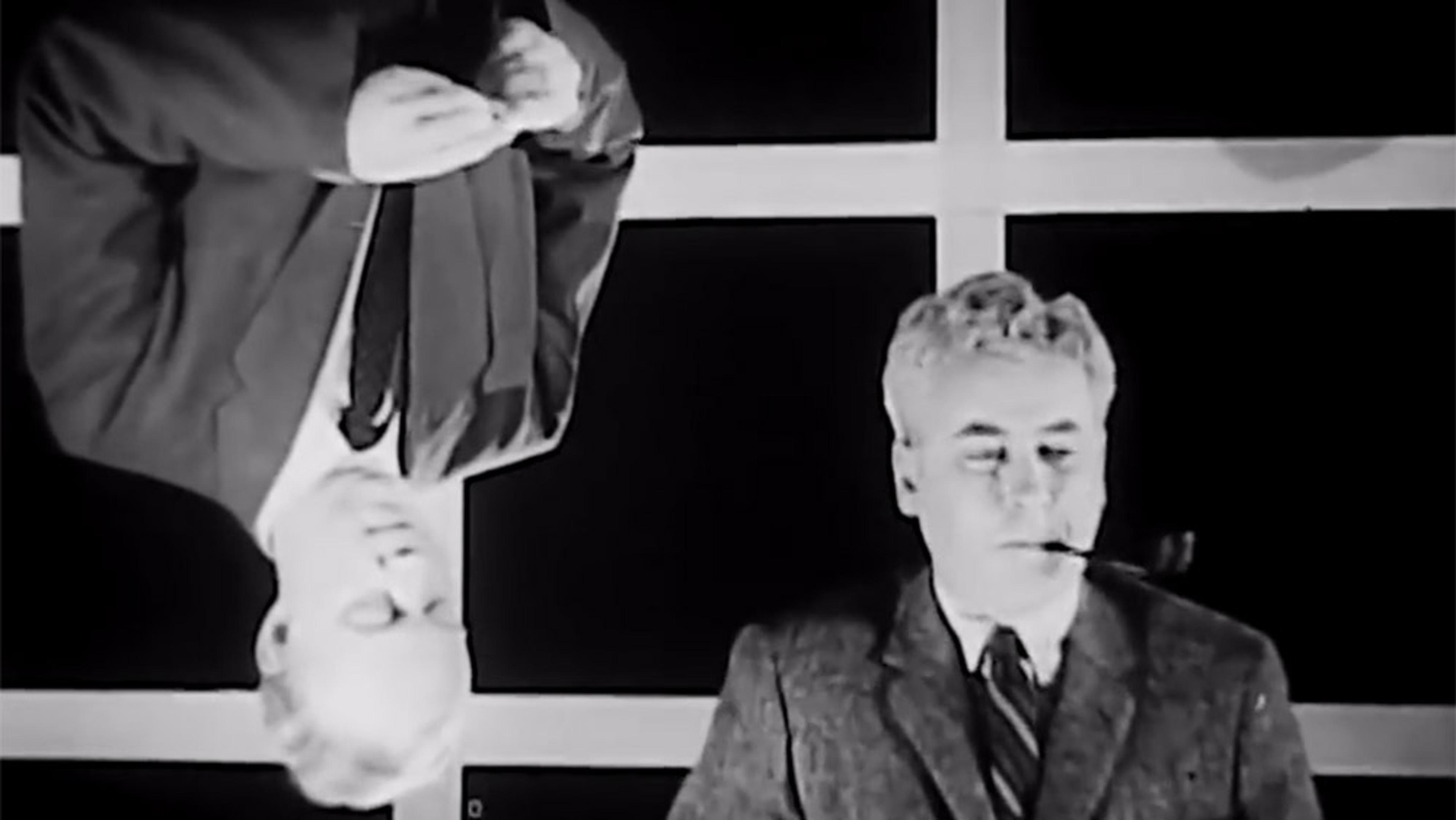During his decades-long career, the celebrated Scottish-Canadian animator Norman McLaren (1914-87) experimented with a wide range of techniques. He was especially fascinated by stereoscopy, or the act of projecting a pair of two-dimensional images to create a three-dimensional illusion. The animation Around Is Around (1951), which McLaren created for the Festival of Britain, is a highlight of his stereoscopic work, exhibiting his keen interest in using the form to toy with perception. Originally screened at the Telekinema, a movie theatre on the South Bank in London that was specifically designed to exhibit 3D films, the short contains a mesmerising display of spinning arabesques and colourful celestial backdrops. Ever the innovator, McLaren created these effects by photographing the patterns of an oscilloscope. Although the full illusion cannot be seen here in this digital format, the experience remains a trippy peek into the nature of perception some 70 years later, artfully illustrating how our brains are quick to project depth on to flat surfaces.
A series of animated illusions illustrates how we project depth on to flat surfaces
Director: Norman McLaren
Website: National Film Board of Canada

videoFilm and visual culture
A Palme d’Or-winning animation toys with the way our eyes perceive light
5 minutes

videoMathematics
Getting down with squares – the dance styles of geometry
6 minutes

videoArt
The Renaissance art illusion that proved everything is a matter of perspective
14 minutes

videoProgress and modernity
‘Human might, majesty and mayhem’: a visual time capsule from 1965
13 minutes

videoInformation and communication
An animation built from road signs is a whirlwind study of flash communication
2 minutes

videoArt
Dizzying discs and obscene wordplay – revisiting Marcel Duchamp’s 1926 film debut
7 minutes

videoHistory of science
Prelude to the space age – the 1960 film that inspired ‘2001: A Space Odyssey’
28 minutes

videoPhysics
This clever and stylish 1960 film is the most fun you’ll ever have at a physics lecture
27 minutes

videoHistory of technology
Racing through time on a Brooklyn Bridge trolley ride in 1899
9 minutes